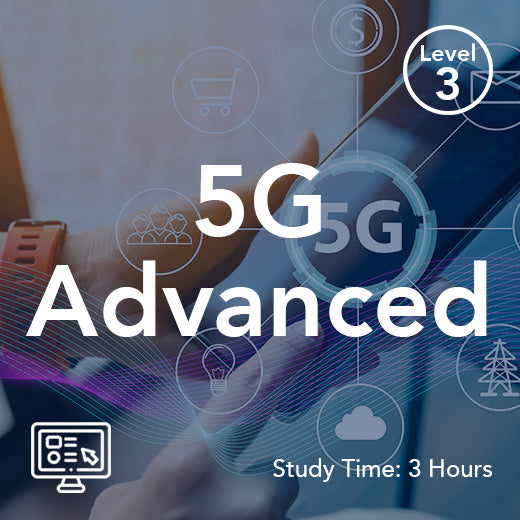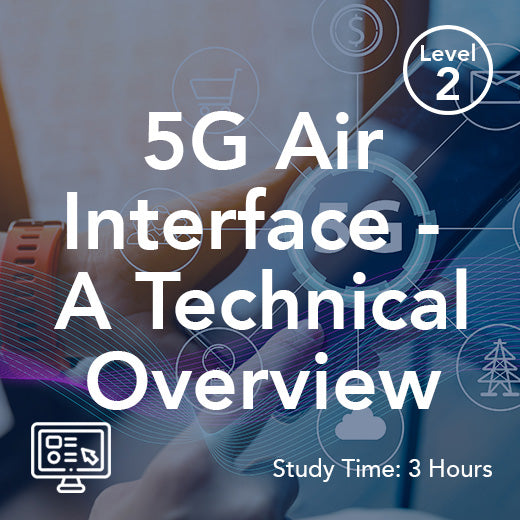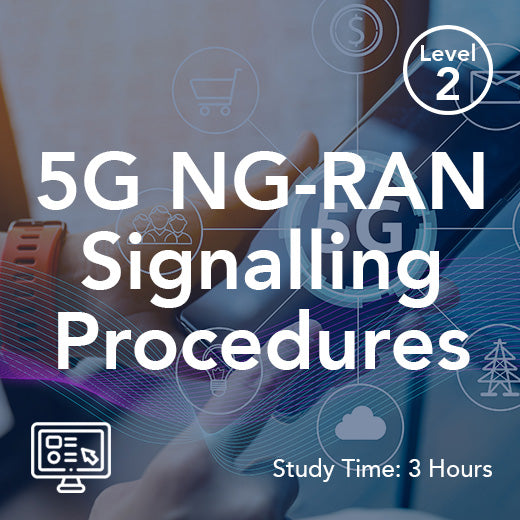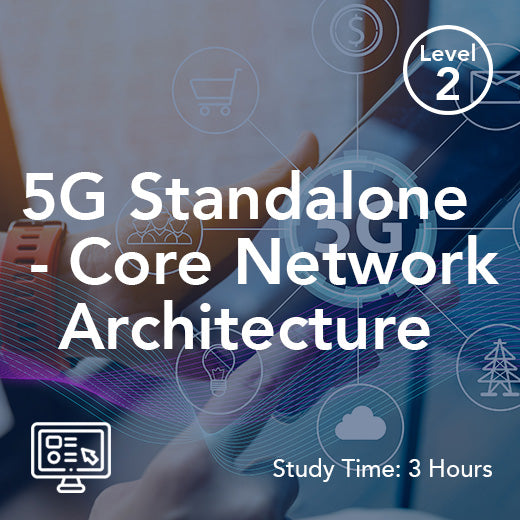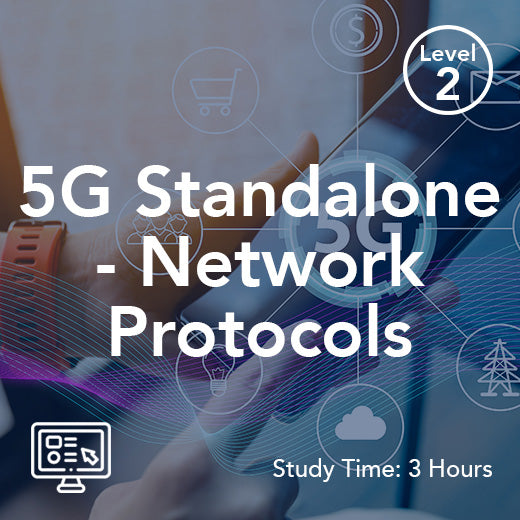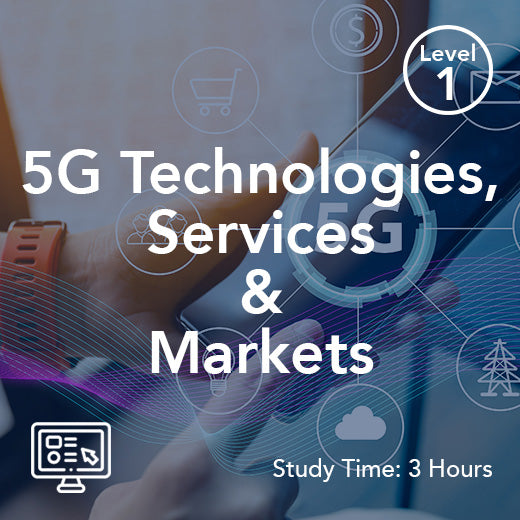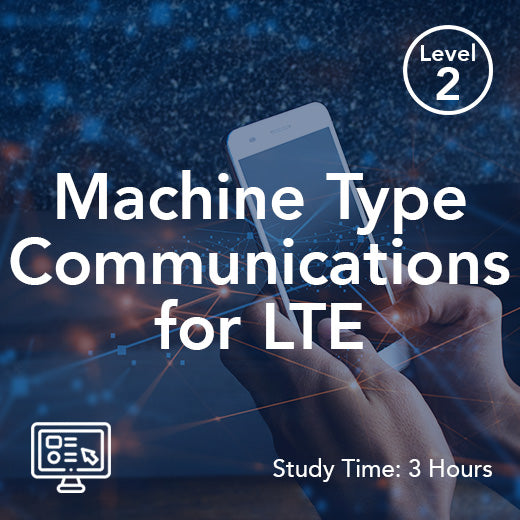Understanding Code MCC MNC: A Beginner's Guide to Mobile Network Identification
- , by Stephanie Burrell
- 14 min reading time
Understanding the basics of mobile network identification is key for anyone interested in learning about how mobile phones connect and communicate. At the heart of this system are two crucial codes: the Mobile Country Code (MCC) and the Mobile Network Code (MNC). These codes work together to uniquely identify mobile networks across the globe, ensuring seamless connection and communication.
MCC and MNC codes are used across various wireless technologies, including GSM, CDMA, UMTS, and LTE, and play a vital role in identifying networks within wireless telephone networks. The structure and use of these codes are defined by the ITU-T Recommendation E.212, which standardizes how mobile networks are categorized and recognized internationally. Often, MCC and MNC are combined into a string for identification purposes, such as in IMSI numbers, to facilitate subscriber and network management.
Whether you’re a tech enthusiast or just curious about how mobile networks function, this guide will provide you with a straightforward explanation of code MCC MNC, breaking down their roles and importance in the world of telecommunications. Let’s delve into the world of mobile network identification and uncover how these codes shape our digital connectivity.
Introduction to Mobile Network Codes
What is Code MCC MNC?
The Mobile Country Code (MCC) and Mobile Network Code (MNC) are integral parts of mobile network identification. The MCC is a three-digit code that identifies the country of the mobile subscriber. It is akin to the country code in international dialling. On the other hand, the MNC, usually a two or three-digit code, identifies the specific mobile network within that country. When combined, the code MCC MNC forms a unique identifier for each mobile network operator globally. This unique combination ensures that mobile devices connect to the correct networks, maintaining seamless communication. Understanding these codes is crucial for anyone interested in telecoms, as they play a vital role in network identification and connectivity.
Importance of Mobile Network Identification
Mobile network identification, facilitated by the code MCC MNC, is essential for ensuring efficient and reliable mobile communication. These codes enable mobile devices to connect to the appropriate network, allowing for seamless roaming and service continuity, even when travelling across borders. The MCC and MNC work together to prevent network misidentification, reducing dropped calls and ensuring that users have access to local services and networks. Additionally, these codes play a crucial role in network management and operator billing, as they help distinguish between different carriers and services provided. For telecom companies, accurate network identification is vital for service delivery and customer satisfaction. Understanding the importance of these codes can provide insights into how mobile networks operate and maintain connectivity in our increasingly connected world.
Brief History of Mobile Network Codes
The development of mobile network codes, including the code MCC MNC, dates back to the early days of mobile communication. Initially, mobile networks were isolated and region-specific, leading to limited connectivity and interoperability. As mobile technology evolved, there arose a need for a unified system to identify networks globally. The introduction of GSM (Global System for Mobile Communications) marked a significant step, providing a standardized framework for mobile network identification. This was followed by the development of UMTS (Universal Mobile Telecommunications System) and LTE (Long Term Evolution), further advancing the identification and differentiation of mobile networks using MCC and MNC codes. The International Telecommunication Union (ITU) established the MCC to standardise country identification. Subsequently, the MNC was introduced to distinguish between different networks within each country. Specialized networks like GSM-R, designed for railway communications, also utilize MCC and MNC codes for network identification. This standardisation allowed for the expansion of international roaming and improved global connectivity. Over time, as mobile networks and technologies advanced, the use of MCC and MNC became integral to the seamless operation of mobile services worldwide. Understanding this history helps appreciate the evolution and significance of these codes in the modern telecommunications landscape.
Breaking Down MCC and MNC
Understanding MCC: Mobile Country Code
The Mobile Country Code (MCC) is a three-digit numerical code that uniquely identifies a country or a group of countries in the realm of mobile communications. The mobile country code consists of three digits and is assigned by the International Telecommunication Union (ITU), ensuring that each country has a distinct code, which aids in the global identification and routing of mobile communications. For instance, the MCC for the United Kingdom is 234 or 235, while the United States uses 310 to 316. For example, the MCC for India is 404 or 405. This code is pivotal when mobile phones connect to networks, especially during international roaming, as it helps the device recognise the country of the network it is connecting to. Understanding the MCC is fundamental for anyone keen on grasping how global mobile communication networks are structured and operated.
Exploring MNC: Mobile Network Code
The Mobile Network Code (MNC) is a key component that, when paired with the MCC, creates a unique identifier for mobile networks. Typically two to three digits in length, the MNC is used to distinguish between different mobile operators within a given country. For example, in the United Kingdom, the MNC for Vodafone UK is 15, whereas O2 UK uses 10. This distinction allows mobile devices to connect to the correct network provider, ensuring accurate billing and service delivery. The MNC plays a vital role in network identification, especially in countries with multiple mobile network operators. By understanding the MNC, one gains insight into how mobile devices select and connect to networks, which is essential for both network engineers and consumers looking to understand their mobile service providers.
How MCC and MNC Work Together
The Mobile Country Code (MCC) and Mobile Network Code (MNC) together form a powerful system to uniquely identify mobile networks worldwide. When combined, these codes create a distinct identifier for each mobile operator, ensuring precise network selection for devices. For instance, if a user in the United Kingdom connects to Vodafone UK, their device reads the MCC as 234 and the MNC as 15, pinpointing the exact network. This duo is crucial for facilitating international roaming, as it helps devices identify and connect to the appropriate network operator when users travel abroad. By doing so, MCC and MNC maintain uninterrupted service and accurate billing, regardless of the user's location. Understanding how these codes work together is essential for grasping the complexities of global mobile network operations and ensuring seamless connectivity.
The Role of Code MCC MNC in Connectivity
Facilitating International Roaming
International roaming is a feature that allows mobile users to use their phones while travelling abroad, maintaining connectivity without changing SIM cards or phone numbers. The code MCC MNC plays a pivotal role in this process by enabling mobile devices to identify and connect to foreign networks seamlessly. When a user enters a new country, their device automatically searches for available networks, using the MCC to determine the country and the MNC to identify compatible network operators. This automatic identification allows for the negotiation of roaming agreements between the user's home network and the foreign network, ensuring that the user can make calls, send texts, and use data without interruption. By facilitating these connections, the MCC and MNC codes are essential for maintaining global mobile communication and enhancing user experience during international travel.
Ensuring Efficient Network Operations
The code MCC MNC is crucial for ensuring efficient network operations by providing a structured method of identifying and managing mobile networks. These codes allow mobile operators to organise and prioritise network traffic, ensuring that users experience minimal disruptions and optimal service quality. By accurately identifying the origin of a connection, operators can efficiently route calls and data, balancing network load and avoiding congestion. Moreover, the MCC and MNC codes enable accurate billing and customer service management. They help operators track usage patterns and adjust services according to demand, enhancing resource allocation. In essence, these codes are instrumental in the operational backbone of mobile networks, providing the necessary framework for smooth operation and management, which ultimately benefits both users and service providers.
Impact on Mobile Service Quality
The code MCC MNC significantly impacts mobile service quality by facilitating accurate network identification and connection. When a mobile device connects to the correct network using these codes, it ensures that the user receives the intended services with high reliability and speed. Proper network identification helps reduce instances of dropped calls, poor signal reception, and slow data speeds, which are crucial for maintaining user satisfaction. Furthermore, the MCC and MNC codes enable mobile operators to provide targeted services and support, enhancing the overall user experience. By accurately routing connections and managing network resources, these codes help maintain service quality, even during peak usage times or in densely populated areas. Understanding the role of MCC and MNC in maintaining mobile service quality highlights their importance in delivering consistent and reliable communication services.
Mobile Network Codes and SIM Cards
How SIM Cards Store and Use MCC/MNC
SIM cards play a crucial role in the operation of mobile networks by securely storing and providing Mobile Country Codes (MCC) and Mobile Network Codes (MNC). These codes are essential for uniquely identifying both the mobile country and the specific mobile network operator to which a mobile subscriber belongs. When a mobile device is powered on, the SIM card supplies the MCC and MNC codes to the device, enabling it to search for and connect to the correct mobile network. This process ensures that the mobile subscriber can access services such as voice calls, SMS, and mobile data, no matter where they are located.
The combination of the MCC and MNC, known as the Home Network Identity (HNI), is what allows the mobile network to recognize the subscriber’s home network and provide the appropriate services. For example, in the United Kingdom, the mobile country code identifies the country as 234, while the mobile network code consists of two or three digits that distinguish between different operators, such as Vodafone or O2. The first digit of the MCC indicates the geographic region, helping to further categorize the network on a global scale.
MNC information stored on the SIM card is vital for ensuring that the device connects to the correct network, especially when multiple operators exist within the same country. This is particularly important for international roaming, as the SIM card’s stored MCC and MNC codes help the device identify and authenticate with compatible networks abroad. By managing these codes, SIM cards enable seamless communication, efficient data transfer, and reliable access to mobile services across different countries and networks.
In summary, SIM cards and the MCC/MNC codes they store are at the heart of mobile network identification. They play a crucial role in ensuring that mobile subscribers are always connected to the right network, allowing for uninterrupted communication and access to essential services, whether at home or while traveling internationally.
How to Identify Code MCC MNC
Tools for Checking Your Network Code
There are various tools available for checking your network code, making it easy to identify the MCC and MNC associated with your mobile provider. One common method is to use mobile network code lookup websites, which allow you to input your carrier details and receive the MCC and MNC information. Additionally, many smartphone apps are designed to provide detailed network information, including the MCC and MNC, directly from your device. These apps can be particularly useful for tech enthusiasts and professionals who need quick access to network codes. Another option is to refer to the settings menu on your smartphone, where you can often find network details under the "About Phone" or "Network" sections. Understanding these tools can help you identify and verify your network codes, ensuring you have accurate information about your mobile service provider.
Practical Uses of Knowing Your MCC and MNC
Knowing your MCC and MNC can have several practical applications. For one, it can aid in troubleshooting network issues by allowing you to verify that your device is connected to the correct network, especially when roaming internationally. Additionally, this information is valuable for those working in fields such as telecommunications, network engineering, and mobile app development, where understanding network identifiers is crucial for optimising performance and compatibility. Moreover, tech enthusiasts and hobbyists can use MCC and MNC codes to explore and understand different mobile networks, enhancing their knowledge of telecommunications. Lastly, knowing these codes can help consumers make informed decisions when switching carriers or using services that require specific network compatibility. Overall, being aware of your MCC and MNC can empower you with the knowledge to better manage and understand your mobile connectivity.
Common Issues and Troubleshooting
Identifying code MCC MNC can sometimes present issues, leading to network connectivity problems. One common issue is incorrect network selection, where a device struggles to connect to the intended network, often due to outdated or incorrect MCC and MNC settings. This can result in poor signal, dropped calls, or inability to access mobile data. To troubleshoot, ensure that your device settings are up-to-date and that your SIM card is properly inserted and activated. Additionally, restarting your device or toggling airplane mode can help reset network connections. For persistent issues, contacting your mobile operator for assistance can provide specific guidance tailored to your network. Understanding these common issues and having troubleshooting strategies can help maintain seamless connectivity and optimise your mobile experience.
Future Trends in Mobile Network Identification
Evolution of Code MCC MNC
The evolution of code MCC MNC reflects the rapid advancements in mobile network technology. Initially developed to manage basic network identification, these codes have adapted to support increasingly complex mobile ecosystems. With the advent of 4G and 5G technologies, the role of MCC and MNC has expanded to include more sophisticated network functionalities, such as enhanced data speeds and improved connectivity. Future trends suggest that these codes will continue to evolve, possibly integrating with emerging technologies like Internet of Things (IoT) and edge computing. This evolution is necessary to handle the growing number of connected devices and the increasing demand for reliable, high-speed mobile networks. As mobile technology advances, the codes MCC and MNC will likely play a critical role in maintaining efficient and secure network operations, ensuring that users enjoy seamless connectivity across various platforms and devices.
The Role of 5G Technology
5G technology is set to revolutionise mobile network identification by introducing faster, more reliable connectivity. As 5G networks become widespread, the role of code MCC MNC will adapt to support new capabilities that enhance mobile communication. With 5G's ultra-low latency and high-speed data transfer, the need for precise network identification becomes even more critical. These codes will ensure that devices can seamlessly switch between networks and access the best available service, especially in high-density areas where multiple operators coexist. Furthermore, 5G's ability to support a vast number of connected devices will demand more efficient network management, making MCC and MNC codes indispensable for maintaining order and preventing interference. As 5G continues to unfold, these codes will be essential in enabling innovative applications such as autonomous vehicles, smart cities, and advanced IoT solutions, shaping the future of global connectivity.
Predictions for Mobile Network Codes
As mobile technology advances, predictions for the future of mobile network codes, including the MCC and MNC, focus on increased adaptability and integration with emerging technologies. With the rise of 5G and beyond, these codes will likely become more dynamic, allowing for seamless transitions across different network types and environments. The demand for global connectivity will drive the need for more sophisticated coding systems that can handle diverse network configurations and support a growing number of connected devices. We might see enhancements in how these codes interact with artificial intelligence (AI) and machine learning, optimising network performance and resource allocation. Furthermore, as the Internet of Things (IoT) expands, MCC and MNC codes will play a crucial role in managing the connectivity of countless smart devices. Overall, the future of mobile network codes points towards an era of smarter, more efficient, and highly integrated mobile networks.

